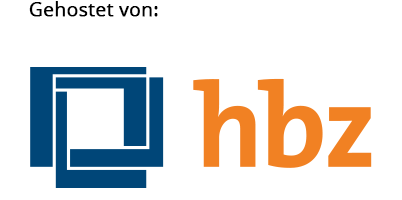Language Learning in 3D Virtual World
Schlagworte:
3D MUVES, Second Life, agent, communication task, e-learning, e-learning design, interaction, language learning theories, negotiation of meaningAbstract
Second Life (SL) is an ideal platform for language learning. It is called a Multi-User Virtual Environment, where users can have varieties of learning experiences in life-like environments. Numerous attempts have been made to use SL as a platform for language teaching and the possibility of SL as a means to promote conversational interactions has been reported. However, the research so far has largely focused on simply using SL without further augmentations for communication between learners or between teachers and learners in a school-like environment. Conversely, not enough attention has been paid to its controllability which builds on the embedded functions in SL. This study, based on the latest theories of second language acquisition, especially on the Task Based Language Teaching and the Interaction Hypothesis, proposes to design and implement an automatized interactive task space (AITS) where robotic agents work as interlocutors of learners. This paper presents a design that incorporates the SLA theories into SL and the implementation method of the design to construct AITS, fulfilling the controllability of SL. It also presents the result of the evaluation experiment conducted on the constructed AITS.Downloads
Veröffentlicht
2011-12-08
Ausgabe
Rubrik
Beiträge



